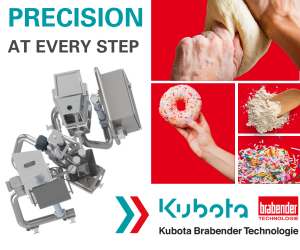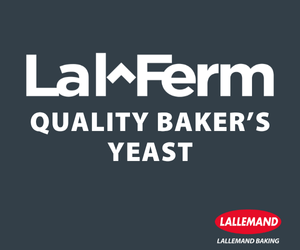For a commercial baking company, “risk” is a vital word in the lexicon. However, it can have different connotations depending on the context because a commercial bakery often operates with two distinct settings: corporate and manufacturing.
On one hand, risk-taking in a corporate culture is not only accepted but also often encouraged; on the other hand, it’s seen in opposition to the rigidity of manufacturing. “That makes it tricky for plant leaders to be communicative and seen as connected,” said Robyn Clark, founder and CEO of WinningWise, a Chicago-based leadership consulting firm. “If they’re looking at a career trajectory, they’re wanting to build business relationships but also have their head in the manufacturing game.”







